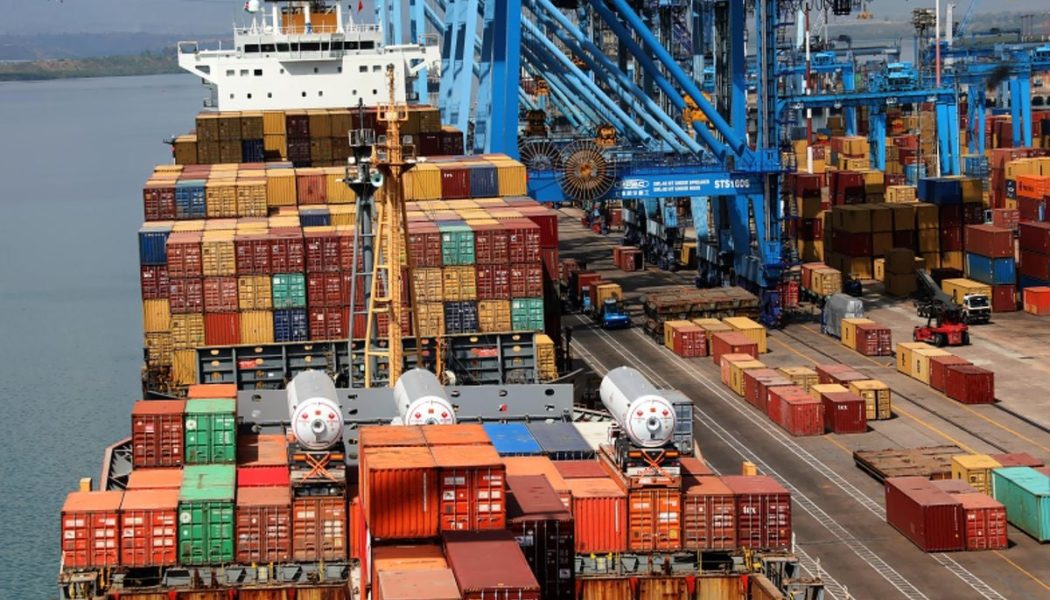
India has reclaimed its position as Kenya’s second largest source market, replacing the United Arab Emirates (UAE), whose shipments have fallen by double-digits on relatively stabilising prices of petroleum products.
Analysis of official trade numbers for the first three months of the year shows traders spent Sh72.01 billion to buy goods from the giant South Asian country, a modest 9.89 percent growth over a similar period last year.
The growth helped the world’s fifth largest economy elbow the UAE to re-occupy its long-held position as the second biggest source of imports for Kenya by value.
The onset of Russia’s brutal war in Ukraine in February 2022 disrupted the global supply chains for petroleum products, sending oil prices through the roof with UAE amongst the biggest beneficiaries.
Resultant record petroleum prices saw the Emirates overtake India in earnings from exports to Kenya since 2022.
Provisional numbers from the Kenya National Bureau of Statistics (KNBS), however, show expenditure on imports from UAE, which last year more than doubled compared to 2021, fell by 19.90 percent in the first quarter.
This is after traders ordered goods worth Sh67.03 billion from the Middle East economy in the three months to March compared with Sh83.69 billion in a similar period last year.
The growth in imports from India, on the other hand, was partly boosted by increased orders of rice after the President William Ruto administration slashed import duty on rice to 35 percent from 75 percent for the year ending June 2024, following the depressed harvest of the crop.
Traders turned to India and Pakistan for rice after Tanzania restricted exports of grains.
The reduced duty helped raise imported stocks of rice into the country from producing countries, including India, by 38.30 percent to 937,099 metric tonnes last year, with value shooting 59.17 percent to Sh54.77 billion.
Traditionally, Kenya largely buys pharmaceuticals, steel products, machinery and yarn from India, the world’s most populous nation.
India and China have traditionally controlled the largest share of exports to Kenya, accounting for about a third of the purchases.
China remained on top with imports climbing more than a third (38.76 percent) in the review quarter to Sh126.08 billion.
Kenya largely buys refined petroleum products from the UAE.
This came at a time when the average cost of diesel, which largely powers Kenya’s transportation and agricultural sectors, fell 3.21 percent year-on-year to $724.34 per cubic metre when it landed at the Port of Mombasa during the quarter under review. This means the traders spent less amount to ship in diesel than a year earlier before paying taxes and other costs.
The same volume of super petrol cost $702.45 on average during the review period, a relatively lower growth of 6.21 percent compared with the year before.
Kenya has been looking to narrow a gigantic trade imbalance with UAE with imports last year hitting Sh407.4 billion against export earnings of Sh44.02 billion.
UAE— which has successfully ploughed oil wealth into other sectors from tourism to real estate— has been keen on doubling non-oil trade and investments with Kenya. Non-oil imports from UAE, particularly Dubai, include electrical and electronic equipment as well as plastics.
Negotiating teams from Nairobi and Abu Dhabi last year held three rounds of technical negotiations under the Kenya-UAE Comprehensive Economic Partnership Agreement, which seeks to deepen trade and investment ties with a focus on non-oil goods.
“Through the CEPA, the UAE and Kenya aim to remove trade barriers on a wide range of goods and services, creating new opportunities for importers and exporters in both countries and enabling Kenyan companies to leverage the value of the UAE’s geographical and logistical position,” the KNBS wrote in 2024 Economic Survey.









